biodiversity
NAVIGATION
BIODIVERSITY
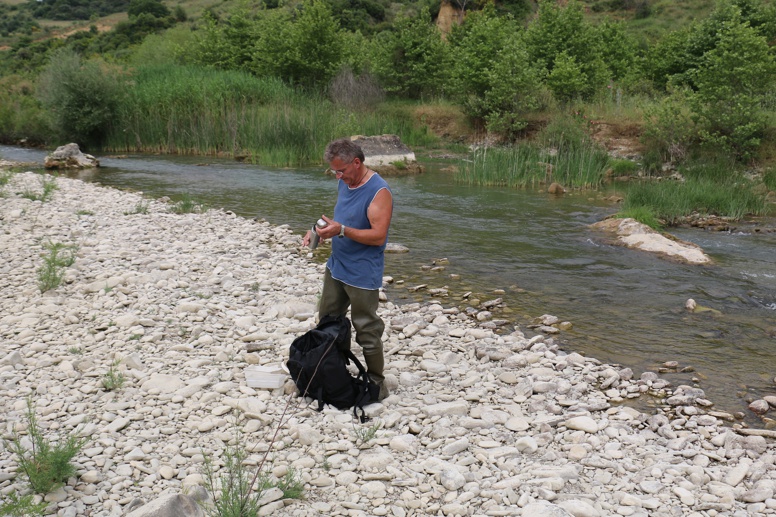
Research
Biodiversity is inevitably a focal point of the Eutaxa company, as the development of electronic programs for the determination of aquatic bioindicators required many years of intensive collection activities in the most diverse limnetic ecosystems.
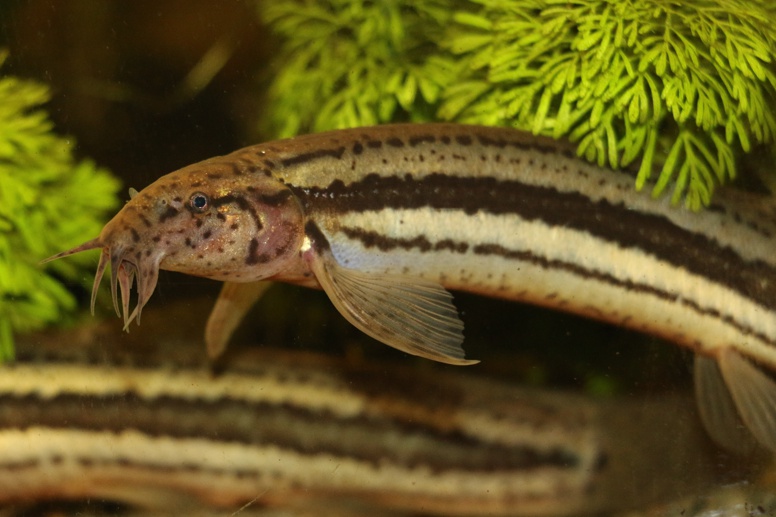
Documentation
Due to the photo documentation of the collected specimens, Eutaxa now owns an extensive image archive of Central European fish and aquatic invertebrates, which will be successively expanded in the coming years through the implementation of new projects.
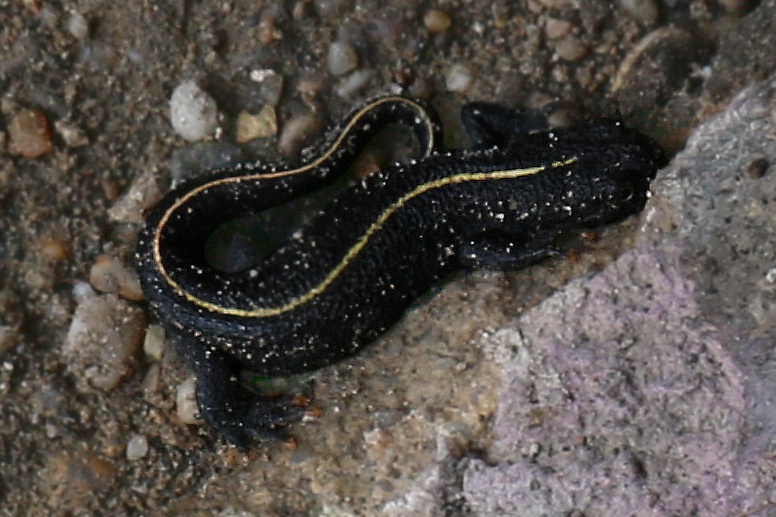
Protection
However, the company also ensures greater biodiversity on its own premises by creating amphibian spawning grounds. 9 amphibian species have been recorded in the waters so far, including Triturus cristatus and T. carnifex, and the most common species Bombina bombina.
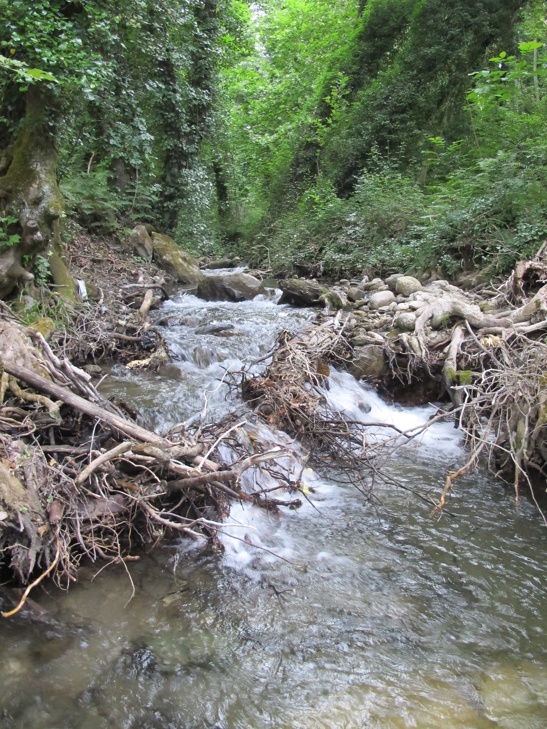
biodiversity research
A prerequisite for collecting data on biodiversity is knowledge of the species and their differentiation. This can be done on the basis of genetic analyses; species identification using morphological criteria is more common and involves less technical effort. However, this requires knowledge of species-specific characteristics and the use of identification keys, especially for smaller, species-rich groups. For this reason, Eutaxa has been developing electronic identification keys in combination with virtual reference collections for more than 20 years, to
facilitate calculating biodiversity of macrozoobenthic communities in limnetic environments. In addition to the MZB keys, a program for the identification of larval stages of fresh-water fishes based on morphological characteristics will be published at the end of 2023.
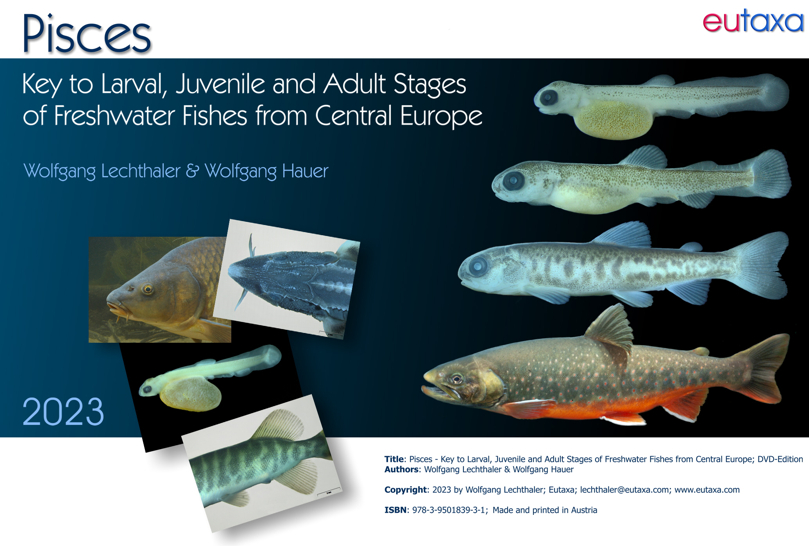
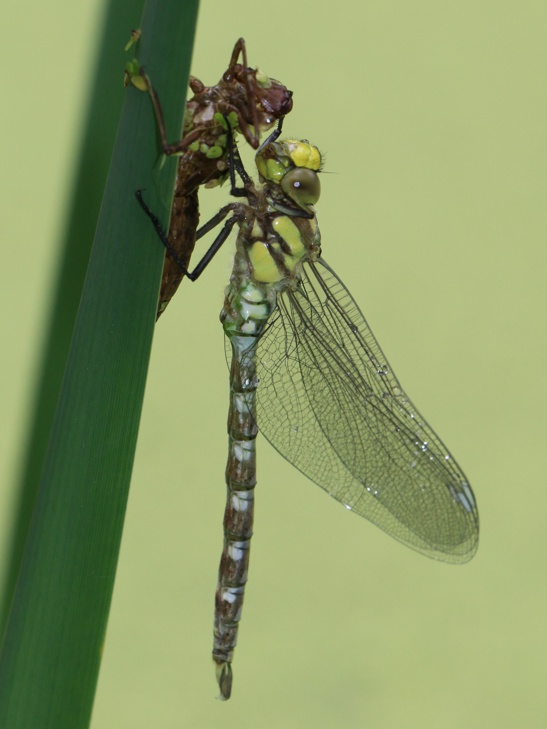
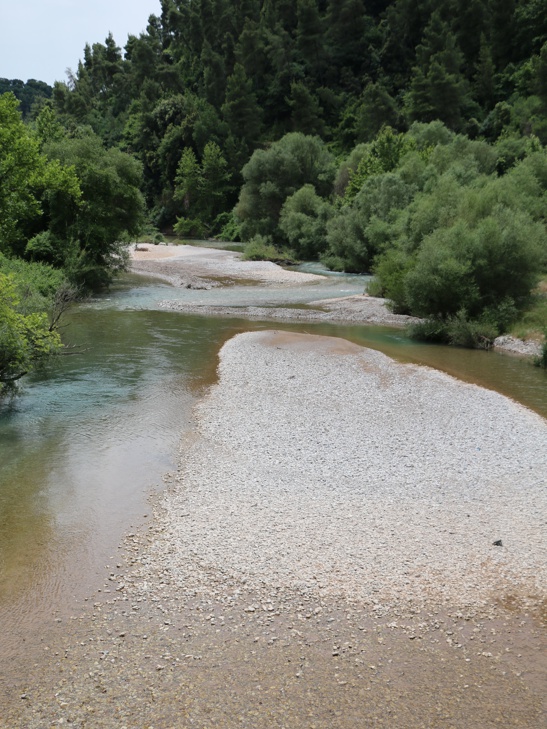
Focus on Southern Europe
In addition to Central Europe, another focus of collecting activities is the Mediterranean region. The development of the Culicidae key, but above all that of the MZB family key for the whole of Europe, required the inclusion of thermophilic species and thus the expansion of collecting activities to southern Europe. This was initially limited to northern Italy and was later extended to the southern Balkans (especially to Greek mainland).
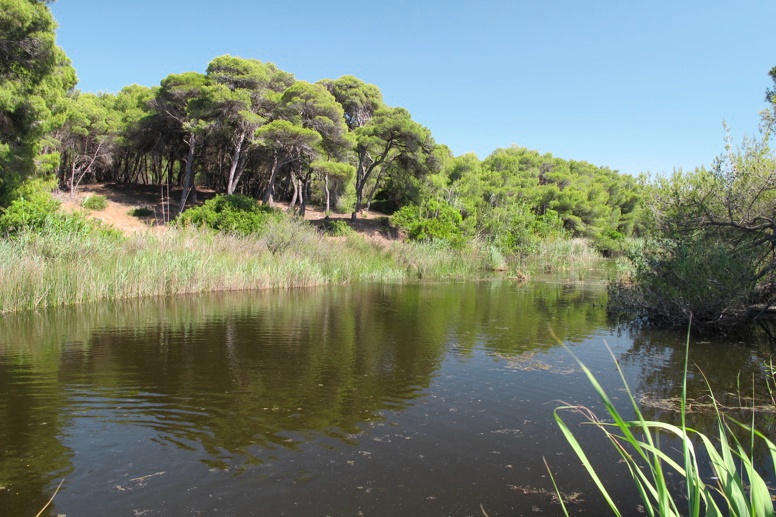
Upper picture: Strofiliá – Pine forest near Kalogria at the north-western coast of the Peloponnese (SW-Greece). Left picture: Erymanthos River
peloponnese & kreta
Sampling in Greek waters was limited to Crete and the Peloponnese. Strofiliá (pictured left) was one of the targets for the collection of invertebrates in stagnant waters. Sampling in rivers was concentrated on the Pinios, Erymanthos and Evrotas Rvers; collections were also made in the headwaters of the Taygetos Mountains and in various smaller brooks. The surveys were always carried out from mid-May to the beginning of June.
